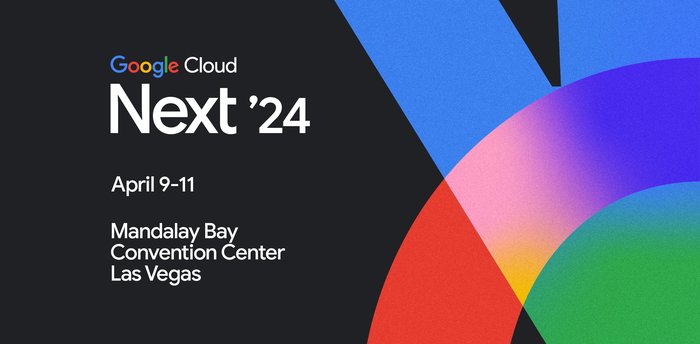Trying cloud on for size: URBN’s Nuuly builds from scratch with Google Cloud

Chirag Dadia
Director of Engineering, Nuuly
Editor’s note: Today we’re hearing from Nuuly, the subscription-based clothing business of URBN. As a new brand within an established company, their small technology team had the opportunity to build their infrastructure from scratch. Here’s how they did it.
At URBN, we’re a retail company that includes several well-known U.S. retail brands: Urban Outfitters, Anthropologie, and Free People. When we decided to move into the subscription model space last year, our goal was to let our customers try out new styles by renting clothing. They can subscribe monthly and pick six items per month from our e-commerce site to wear as much as they like, then return them back to us. This brand-new service, called Nuuly, launched in mid-2019 after just 10 months from conceiving the idea to offering the service to customers. In that 10 months, we built an entire technology platform using Google Cloud from the ground up, choosing the right tools to power this new business—without any legacy apps.
From a technology perspective, we had different challenges and goals as a subscription provider than URBN does as an online and in-person retailer. We decided to put a team together to totally focus on this new retail rental model and its unique requirements. That meant we could make our own decisions about the platform and frameworks we’d use. We first had to think about the business model we were building, then assess what technology would best fit with that model.
Signing up for cloud
The overarching challenge we faced was creating the best solution for the job within a tight timeframe. Instead of just shopping for products, we went a layer deeper and looked at all aspects of this new market we were entering. The recurring revenue model is different from a typical retail revenue model, and so is managing inventory at the individual garment level, rather than the typical SKU level. But in the retail market, a lot of legacy tools were built for that model. Our existing enterprise system wasn’t able to support these new requirements, and it would have been much harder to retrofit than to build from the ground up. We knew we wanted a cloud platform so we could take advantage of provider infrastructure instead of ours for hosting.
When we started exploring the cloud technology options to power Nuuly, we had a few parameters established: We wanted a secure platform that would let us grow as the business grows, and since we’re not cloud experts, we wanted to have the option of using managed services. Because we were in a brand-new space, we wanted to be able to start small, but not be restricted when we did want to scale out. Another important aspect for us was that our technology would let us easily use data science and machine learning to do extensive personalization.
As the engineering lead, I did a lot of up-front analysis to figure out which would be the best cloud partner for us. Google checked off a lot of boxes, and we knew the data management platform would support our needs, so we chose Google Cloud. Our 15-person team was able to build the entire new platform in the 10-month timeframe because we chose Google—we didn’t have to hire an operations team to solve the problem. Using Google Cloud services let us bootstrap quickly and build our business on top of that. That platform includes an entire warehouse management system, and the software powering the brand-new distribution center.
Powering our subscribers with data
With Google Cloud, we’ve built a data backbone that lets us integrate data from different sources, messaging, stream processing and ETL jobs. We chose Google Kubernetes Engine (GKE) and multiple Google Cloud managed data offerings, including BigQuery, Data Studio, Cloud Storage, TensorFlow, and more. We use an event-driven architecture with Kafka as the main event manager. We run a Confluent cluster on Google Cloud, which helps us meet our strict event data ordering requirement.
The biggest competitive advantage we get using Google Cloud is the managed services. There are so many capabilities built in to Google Cloud, so it’s easy for us to adopt new features as quickly as possible to stay competitive. For example, we can capture all events streaming into BigQuery, then add a reporting dashboard easily for our business partners on the brand side. They can then make informed decisions on what to buy based on updated user information. Using Google Cloud’s many features also means we can offer our customers more cool features so they can try new styles and new ways of expressing themselves. We can offer different channels to different customers based on age group, for example, to recommend new styles to try without having to buy them.
We also had strict scalability criteria when we set out to deploy cloud and build our new business. Our cloud platform with Google has scaled along with the business, so as we acquire new subscribers, we’re not increasing our operational costs at the same time like we would be with a more traditional on-prem system. With cloud, we can pay for resources as we use them, so cost savings and efficiency is also an important metric to track. And the cloud lets us scale without customer downtime, so that translates into another key metric for us.
Our business is still evolving, so we’re just scratching the surface in terms of all we can offer our customers. What’s great is that with managed cloud services, we’re able to focus on the business side of things, rather than the technology side. With Google Cloud, we don’t have to manage resources, so we can provision resources up front and use the utilization model.
Learn more about Google Cloud for retail.



